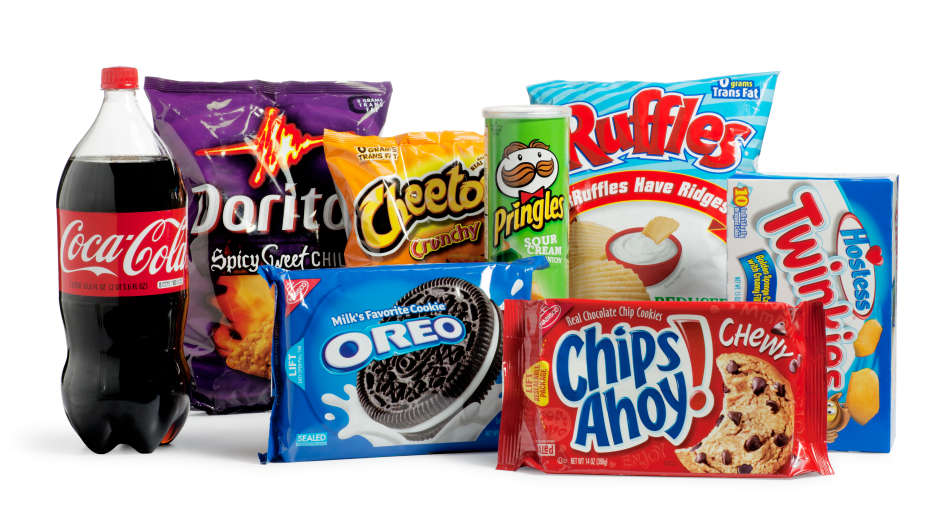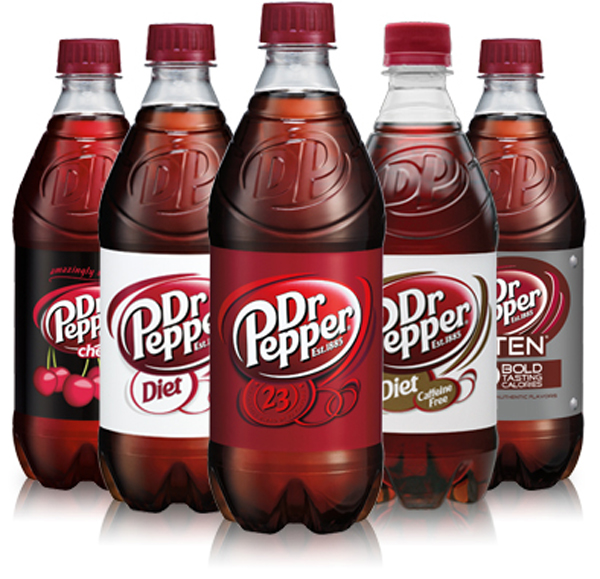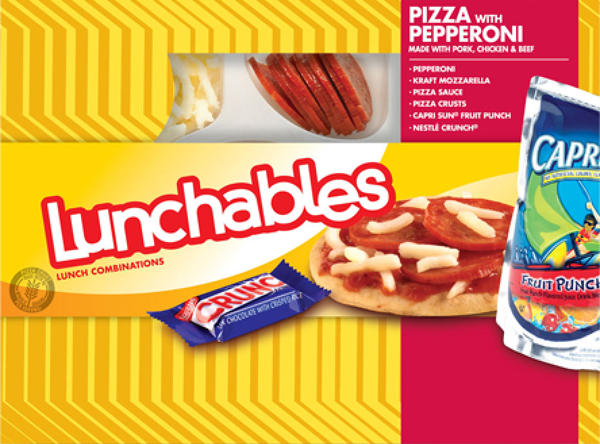Have you ever sat down with a bag of chips that you not only couldn’t put away, but found yourself nearly possessed, ravaging the bag of Doritos like the Tasmanian Devil? It’s not an accident, but a carefully-formulated strategy to maximize consumption and the bottom line of the companies that manufacture processed foods.
New York Times investigative reporter Michael Moss spent four years investigating the food industry and has gone public with a bold statement: there was a “conscious effort taking place in labs and marketing meetings and grocery store aisles to get people hooked on foods that are convenient and inexpensive.” 
The accusation is not a revelation to most health advocates, but is a much-needed wake-up call for the general public, many of whom don’t fully realize how the science and engineering behind packaged foods is making us obese and sick with obesity-related chronic diseases. As you’ll see, it’s not just the Doritos, Cheetos and sodas, but pasta sauces and soups.
Moss, the author of the much discussed New York Times article, The Extraordinary Science of Addictive Junk Food, and soon-to-be published book Salt Sugar Fat: How the Food Giants Hooked Us, compiled a list of small case studies that together make a compelling argument that the processed food industry is not much different from Big Tobacco as a public health menace.
The Dr. Behind The Pepper Revival
Should food be a science experiment to see which ingredients stimulate our senses the most? Should it be engineered and “optimized”? That’s what is done in laboratories all the time, as countless variations of ingredients identified with names like “Color 23” and “Syrup 11” are added and subtracted until they arrive at the optimal formula that achieves what the industry dubs the “bliss point.” It’s done with complex computer charts and graphs that are analyzed by food engineers.
“The mathematical model maps out the ingredients to the sensory perceptions these ingredients create,” said food industry consultant Howard Moskowitz, who holds a Ph.D. in experimental psychology from Harvard, in the NYTimes article. “So I can just dial a new product. This is the engineering approach.”
Moskowitz is a legend in the food industry, and no one seems to be more convinced than Moskowitz himself: “I’ve optimized soups. I’ve optimized pizzas. I’ve optimized salad dressings and pickles. In this field, I’m a game changer.”
He was tasked with making the Dr. Pepper brand more relevant, as it slipped behind an ever-growing list of beverages spun off from Pepsi and Coca Cola brands. Moskowitz’s extensive research, which was documented in a 135-page report, was presented to Cadbury executives, which eventually spawned Cherry Vanilla Dr. Pepper. Was it a success? Since The Dr. Pepper Snapple Group was spun off of Cadbury in 2025, it has been valued north of $11 billion.
The Bologna Facelift
To those of us who came of age in the ‘70s and ‘80s, we knew that “bologna had a first name,” but that name was quickly forgotten as Americans fell out of love with the odd circular slab of meat. So, Oscar Meyer assigned their vice president for New Business Strategy and Development Bob Drane the daunting task to make people like it again.
After conducting market research on the target audience of lunch-packing mothers, Drane came to the conclusion that lack of time was the most pressing issue. Inspired by the “classic” American TV dinners, Drane and his team came up with Lunchables, which includes processed cheese and crackers (since bread couldn’t withstand the long shelf time). And as if that wasn’t a big enough dietary disaster, a dessert version Fun Pack was later added with M&M’s, Snickers, and other candies, plus a sugary drink, often Capri Sun.
As is often the case, these product lines create a vicious cycle that spins out of control, from a nutritional perspective. Once the initial unhealthy product is a hit, companies seek to replicate that success, often with worse products that are even bigger nutritional disasters. In the case of Lunchables, over 60 variations have existed at one time or another, including Beef Taco Wraps, Mini Burgers and Mini Hot Dogs. The masterpiece of horror is the Pancake Lunchable with Tang and Lifesavers, syrup and icing, with nearly 100 grams of sugar.
Cheetos: The Perfectly Constructed Food?
Cheetos are the perfectly engineered snack food. That’s not me talking, but food scientist Steven Witherly, who penned a guide for people in the industry called Why Humans Like Junk Food. He says they are “one of the most marvelously constructed foods on the planet, in terms of pure pleasure.” Among the many effective features of Cheetos is how they melt in your mouth.
“It’s called vanishing caloric density,” said Witherly. “If something melts down quickly, your brain thinks that there’s no calories in it… you can just keep eating it forever.”
The key here is the unconscious aspect of what Witherly is implying here. Your brain is thinking there are no calories, not you in an active way. It’s just like when our bodies naturally crave fat and salt, which when abused distorts and exaggerates that natural craving.
The key conclusion Moss comes to, at least in my eyes, is that it’s not so much that eating this stuff in and of itself is the death knell. It’s that since the food industry is, well, an industry, it must encourage more and more consumption. After all, businesses with stockholders are not in the business of zero percent growth. So the sage advice of “everything in moderation” is not part of the plan.
Also Read:
Do We Only Eat What Big Food Tells Us Too?
The Big Business of The Biggest Loser Brand
Has Michelle Obama’s Let’s Move Made a Difference in Three Years?



